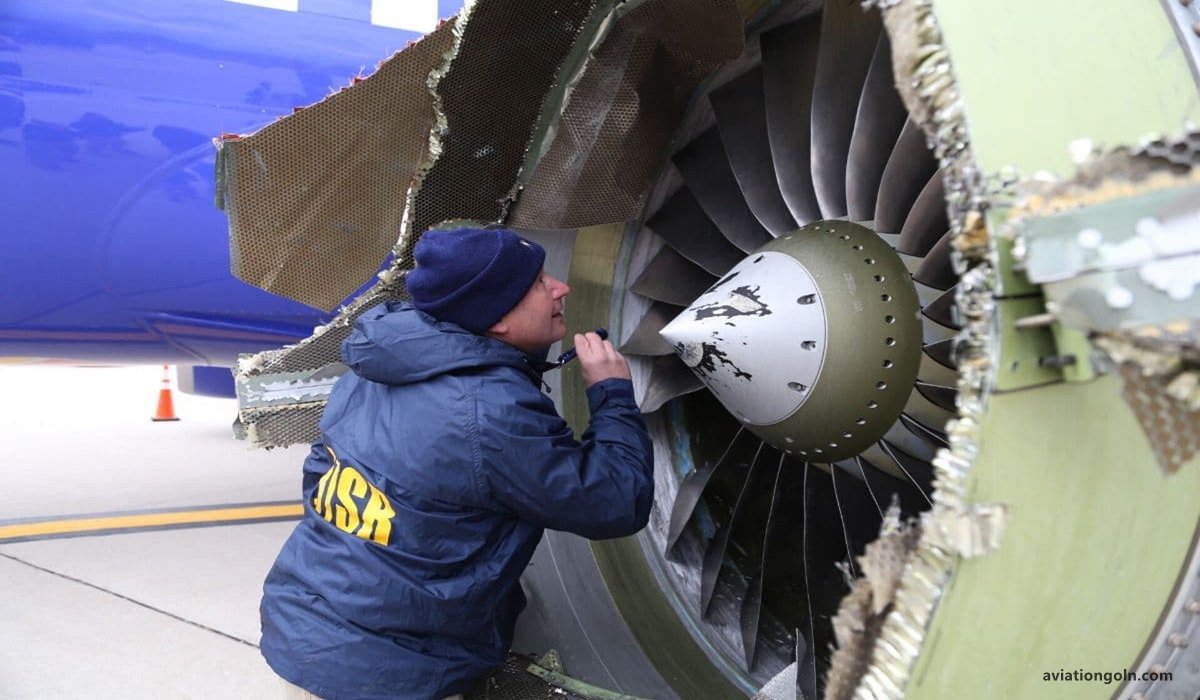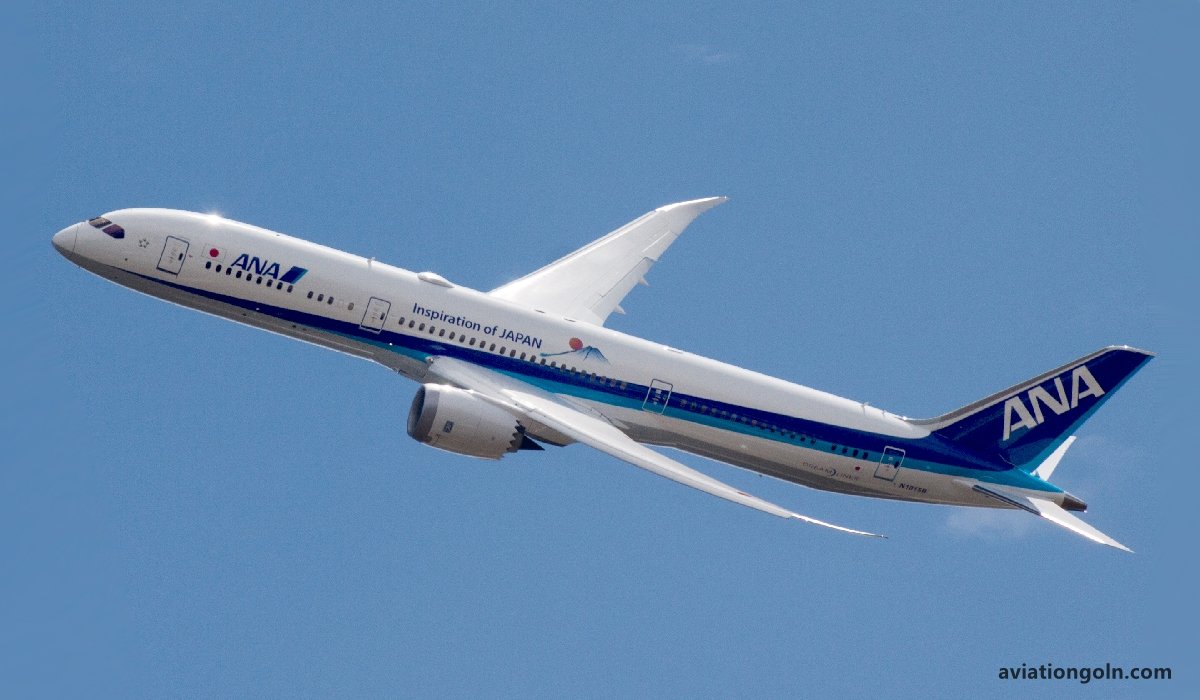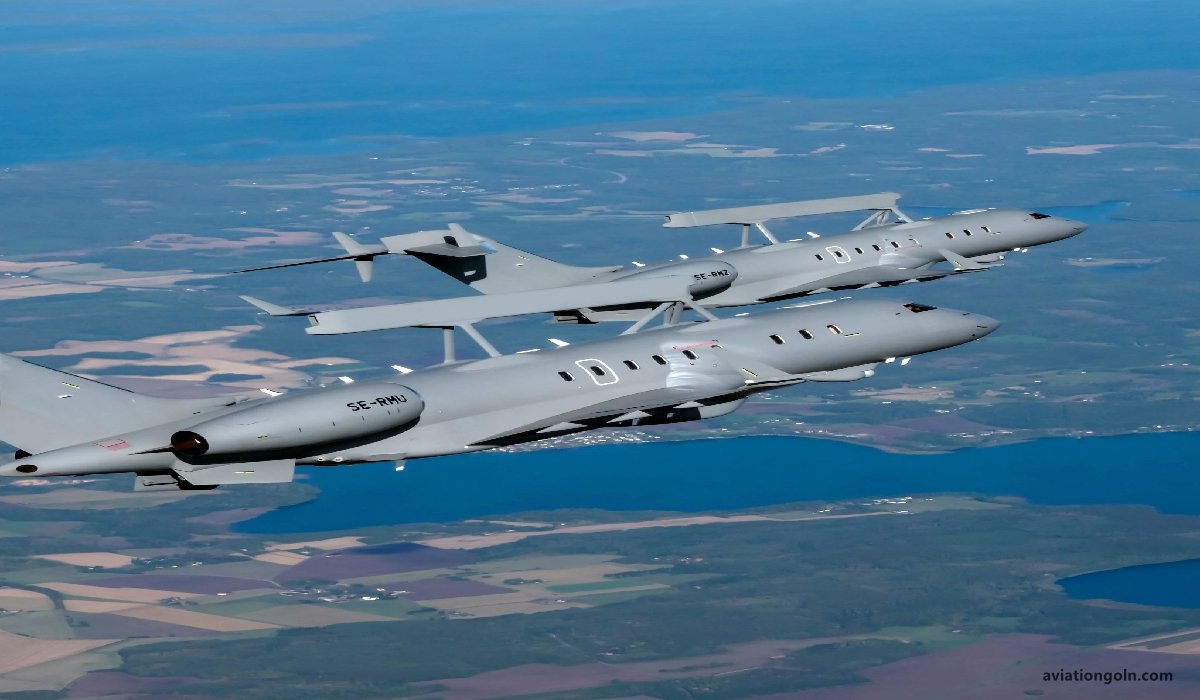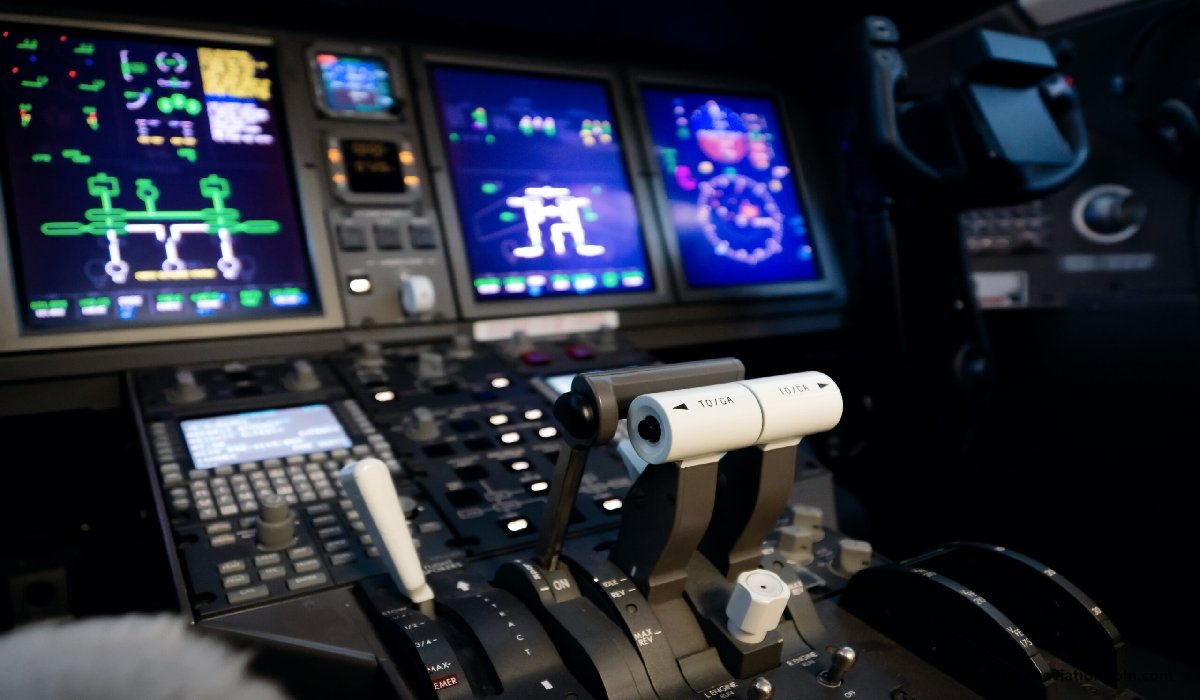As aviation technology surges forward, the avionics systems that define aircraft capabilities must evolve to keep pace. Avionics — the electronics used in aircraft, satellites, and spacecraft — play a crucial role in modern aviation. They ensure that flights are not only efficient but also safe. In this article, we’ll delve into the next generation of avionics systems, their features, potential applications, and the transformative impact they promise to bring to aviation.
Next-Generation Avionics Systems

1. Introduction to Avionics Systems
Traditionally, avionics systems encompassed communications, navigation, and the display and management of multiple systems in aircraft and other vehicles. Today, the scope has broadened. With rapid technological advancements, we’re transitioning from standalone devices with single functions to integrated, smart systems that interact seamlessly with one another.

2. Integrated Modular Avionics (IMA)
The conventional avionics architecture involves various Line Replaceable Units (LRUs) — each dedicated to a specific function. Next-generation avionics, however, are leaning towards Integrated Modular Avionics (IMA). Instead of multiple LRUs, IMA uses fewer, more centralized processing units. Here’s why this is transformative:
- Reduced Weight and Complexity: Fewer hardware components mean less weight, translating to better fuel efficiency.
- Scalability: IMA systems can be easily upgraded or scaled based on the aircraft’s requirements, reducing the need for complete overhauls.
- Cost-Efficiency: Centralized systems reduce the maintenance and replacement costs associated with multiple LRUs.

3. Digital Cockpits
Analog instruments are being phased out, making way for digital flight decks or “glass cockpits.” These cockpits feature:
- Electronic Flight Instrument Systems (EFIS): Digital screens replace traditional dials and gauges, providing pilots with a clear, customizable view of flight parameters.
- Touchscreen Interfaces: Modern avionics are incorporating touchscreens, allowing for intuitive interactions and streamlined cockpit designs.
- Augmented Reality (AR): AR systems overlay crucial flight data onto a pilot’s view, ensuring they have all the information they need without having to look down or divert their gaze.

4. Enhanced Vision Systems (EVS) & Synthetic Vision Systems (SVS)
Navigating through challenging weather conditions or low-visibility scenarios is a task. Enter EVS and SVS:
- EVS: Uses infrared cameras to provide pilots with a real-time image of the terrain and runway environment, improving safety during takeoff, flight, and landing.
- SVS: Unlike EVS, which presents real images, SVS uses databases to create a synthetic, computer-generated image of the outside world, giving pilots a clear view even in total darkness or cloud cover.

5. Aircraft Data Networks and Connectivity
The future of avionics is interconnected. Consider:
- High-Speed Data Networks: Advanced data buses and networks onboard ensure real-time data sharing between different avionic systems, optimizing performance and enhancing safety.
- Aircraft-to-Aircraft Communication: Future avionics will facilitate direct communication between aircraft, allowing for real-time traffic updates and collaborative decision-making in busy airspace.
- Satellite Connectivity: Enhanced satellite communication systems promise better global connectivity, enabling continuous aircraft tracking and real-time data sharing with ground stations.

6. Cybersecurity in Avionics
With digital transformation comes the challenge of securing avionics systems. Advanced cybersecurity measures are being integrated into next-gen avionics to:
- Protect aircraft control systems from potential hacks.
- Secure communication channels and ensure data integrity.
- Periodically update and patch systems to defend against new cyber threats.

7. Advanced Navigation Systems
Next-generation avionics promise even more precise navigation:
- Multi-Constellation Satellite Navigation: By accessing multiple satellite constellations (like GPS, GLONASS, and Galileo), aircraft can achieve more accurate and reliable navigation.
- Ground-Based Augmentation Systems (GBAS): These systems provide differential corrections to satellite navigation signals, enhancing accuracy, especially during critical phases like landing.

8. Artificial Intelligence (AI) and Machine Learning (ML)
AI and ML are poised to revolutionize avionics:
- Predictive Maintenance: AI algorithms analyze aircraft system data to predict when components might fail, ensuring timely replacements and reducing unscheduled maintenance.
- Flight Optimization: AI can optimize flight paths in real-time, considering factors like weather conditions and airspace congestion, leading to fuel savings and punctual arrivals.

9. Energy-Efficient Systems
With the push for sustainability, next-gen avionics are focusing on energy efficiency:
- Smart Power Management: Advanced systems monitor and distribute aircraft power where and when it’s needed, reducing wastage.
- Electrification of Systems: As aviation leans towards hybrid-electric and all-electric aircraft, avionics are being redesigned to function optimally with electric power sources.

10. Drone Traffic Management
With the proliferation of drones, future avionics systems must account for this new class of airspace users:
- Collision Avoidance: Advanced sensors and algorithms will ensure that manned aircraft can detect and avoid drones.
- Integrated Traffic Management: Next-gen avionics will communicate with drone traffic management systems, ensuring safe and coordinated use of airspace.

Next-generation avionics are not just evolutionary — they’re revolutionary. From digital cockpits to AI-driven optimizations, the future of avionics promises to elevate aviation to new heights. As technology continues to advance, and the line between aircraft and spacecraft blurs, these systems will undoubtedly play a pivotal role in defining the future of flight. The sky, as they say, is no longer the limit.
